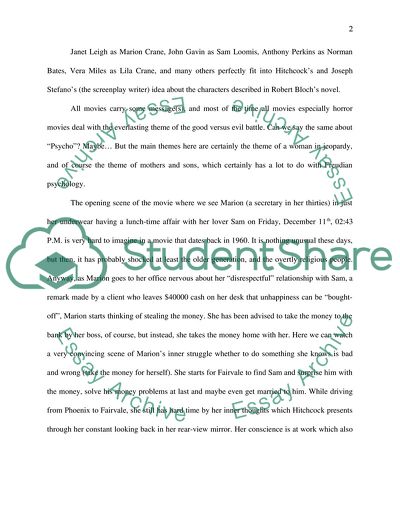Cite this document
(“Art of Cinema: Psycho Essay Example | Topics and Well Written Essays - 1750 words”, n.d.)
Art of Cinema: Psycho Essay Example | Topics and Well Written Essays - 1750 words. Retrieved from https://studentshare.org/visual-arts-film-studies/1554036-art-of-cinema
Art of Cinema: Psycho Essay Example | Topics and Well Written Essays - 1750 words. Retrieved from https://studentshare.org/visual-arts-film-studies/1554036-art-of-cinema
(Art of Cinema: Psycho Essay Example | Topics and Well Written Essays - 1750 Words)
Art of Cinema: Psycho Essay Example | Topics and Well Written Essays - 1750 Words. https://studentshare.org/visual-arts-film-studies/1554036-art-of-cinema.
Art of Cinema: Psycho Essay Example | Topics and Well Written Essays - 1750 Words. https://studentshare.org/visual-arts-film-studies/1554036-art-of-cinema.
“Art of Cinema: Psycho Essay Example | Topics and Well Written Essays - 1750 Words”, n.d. https://studentshare.org/visual-arts-film-studies/1554036-art-of-cinema.


